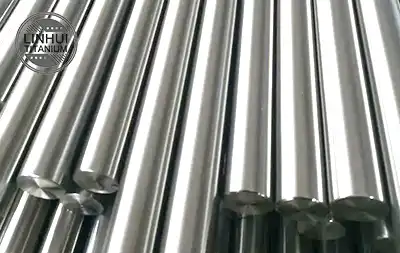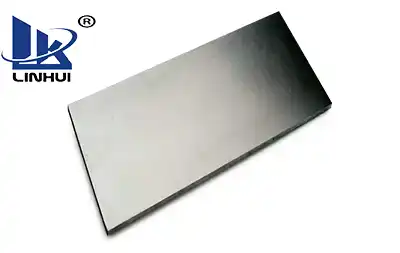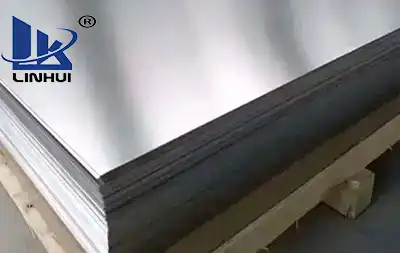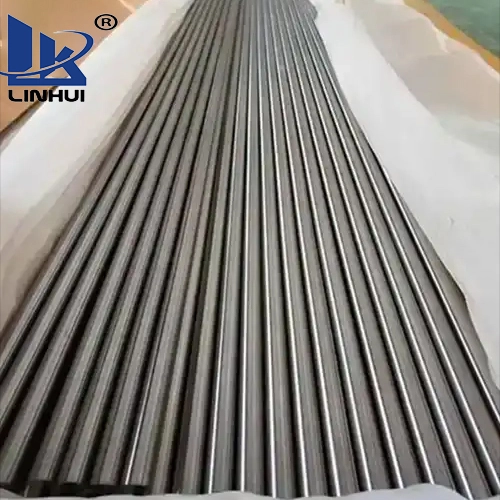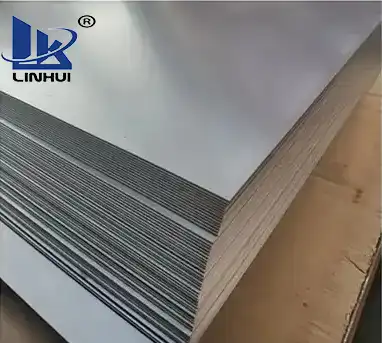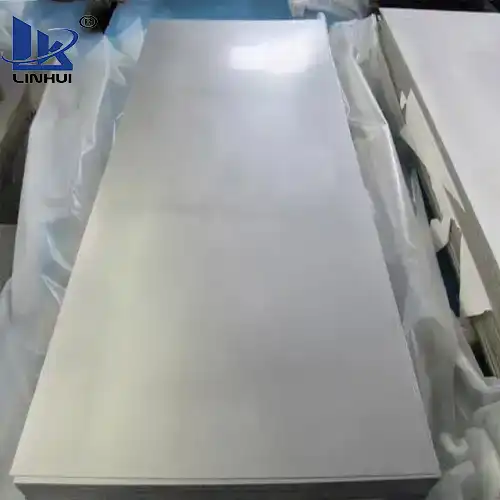Titanium forging before forging preparation
The operator should first look at the equipment operation record before production, and test run to check whether the equipment is running normally, if there is a problem, notify the maintenance worker to deal with it in time.
Each member of the team should clarify the production tasks of the class, understand the process requirements on the process card, and work out the titanium forging order of the class.
Each member prepares the tools needed for the production of the shift according to their own responsibilities. Such as lifting pliers, dies, wrenches, punches, choppers, gauges, rulers, etc.
For some alloy materials or materials of small size (small materials with fast temperature drop) before forging, tools such as hammerheads, wrestlers, punches, choppers, etc. should be fully preheated in the temperature range of 150-300℃ to ensure the quality of forging and prevent cracks.
Forging of bars
The forging of bars is mainly drawn length, the whole forging process can be divided into open forging, intermediate (semi-finished) forging, and finished forging. The first fire forging of ingots is called open forging, and the rest are intermediate forging and finished forging.
Ingot opening, in accordance with the principle of "one light, two heavy, three small". When the total deformation reaches 20-30% (forging ratio 1.25-1.43), the amount of forging per stroke can be increased, 80-100mm for pure titanium and 60-80mm for alloy; when the deformation is basically finished or the temperature is quite low, the deformation should be gradually reduced to avoid cracks. to avoid cracks.
For example: For 2000t hydraulic press, B=400㎜, then Lo=0.75B=338㎜, and the pressed volume should not be larger than 2/3 of the feed volume, i.e. ho-h=2/3 Lo, so as not to produce folding, which will cause grinding and waste manpower and affect the product rate. The finished product rate will be affected. If the process card does not require full hammerhead forging, generally treated as normal forging.
For the finished product (the product that can be delivered after rounding), the previous fire, the billet should be inverted, i.e. eight or twelve square, the size should be suitable, not too big and not too small, too big when rounding easily cause folding and can not complete this fire rounding process, too small can not meet the finished size.
The forging of finished bars is mainly rounding, rounding, the first time to lightly press, so as not to fold, the second time increasing the amount of pressure, each bar at least three times, to ensure that the process card requirements of the outer diameter size tolerance, and the use of residual heat of the billet for straightening. If the material temperature is too low, but the bending does not meet the requirements, can be reheated for straightening, straightening heating temperature is generally taken below the phase change temperature of 150 ~ 200 ℃, withholding time according to the size of the material, the need to anneal the bar, the temperature of the furnace after annealing can just be straightened.






